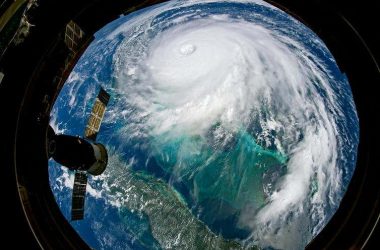Collapsed buildings in Antakya, Turkey, on 20 February, following a 7.8-magnitude earthquake
YASIN AKGUL/AFP/Getty Images
Scientists believe that earthquakes could potentially be predicted up to two hours in advance, which could save numerous lives. However, in order to achieve this, GPS sensors that are 100 times more precise than the ones currently used need to be developed.
In the past, there has been a debate among experts regarding whether there are any discernible signs of seismic activity prior to earthquakes, or if they are simply unpredictable natural events. Quentin Bletery and Jean-Mathieu Nocquet at Côte d’Azur University in Nice, France may have settled this debate.
To identify any pre-earthquake activity, the researchers used GPS data to detect a gradual, increasing slip between tectonic plates. These slips are too small to be detected by seismographs, but if identified, they could serve as a warning sign before earthquakes occur. Previous studies have attempted to detect these slips, but they were limited in scope, focusing on only a few earthquakes and producing warning signs that were either observed before earthquakes or when no earthquake followed.
Bletery and Nocquet gathered GPS measurements over a span of five minutes, with an accuracy of 1 centimeter, in the 48 hours leading up to 90 different earthquakes. By comparing the recorded ground movements with the expected direction of movement during an earthquake, they were able to identify the largest movement in the anticipated direction just before the earthquake. They also noticed a gradual increase in movement in the expected direction during the final 23 data points, with the last seven measurements being higher than any others during the entire 48-hour period.
This gradual and slow slip between tectonic plates, starting approximately two hours before earthquakes, could potentially serve as a reliable earthquake detector. However, the current limitation lies in the noise levels of GPS sensors. Detecting these slips is only possible with a large dataset and not from individual sites. To achieve more accurate predictions, GPS sensors should be able to detect movements as small as 0.1 millimeters.
While the findings look promising, Roland Bürgmann at the University of California, Berkeley emphasizes the need for further research to confirm the proposed signals as reliable earthquake precursors. He notes that there have been previous observations of various earthquake precursors, such as foreshocks and deformation, but these observations are not unique. Bürgmann finds Bletery and Nocquet’s two-hour precursor study promising since it examines multiple earthquakes.








